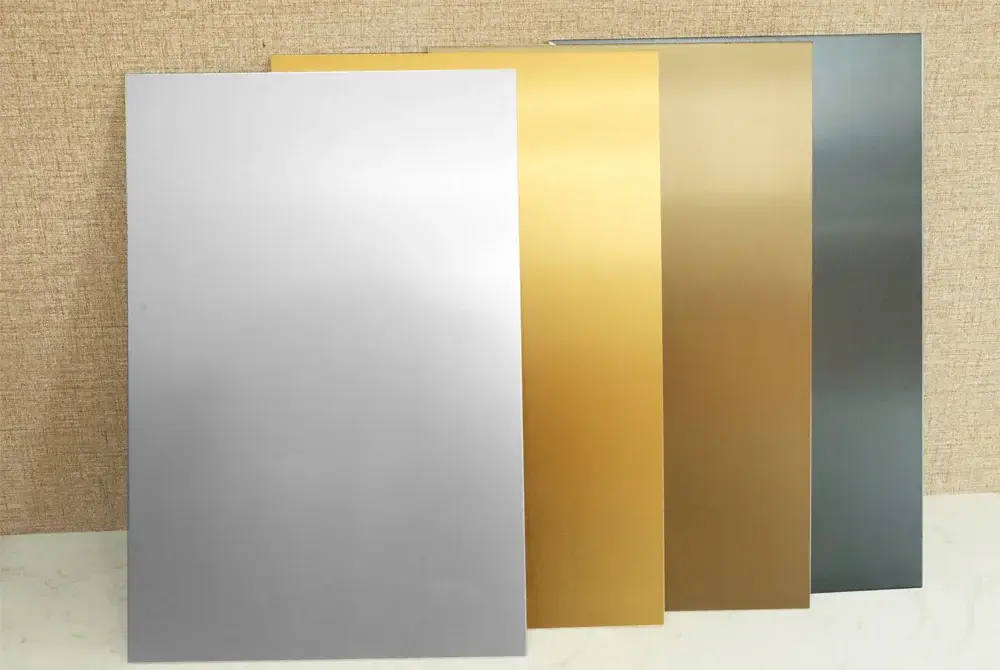Qual è il anodizzazione di alluminio?
L'anodizzazione dell'alluminio è un processo che utilizza l'elettricità per creare uno strato protettivo sulla superficie dell'alluminio. Questo processo non solo migliora l'aspetto dell'alluminio, ma gli conferisce anche diverse proprietà preziose.

Perché l'anodizzazione?
L'importanza dell'anodizzazione risiede nella sua capacità di migliorare la durata e la vita delle leghe di alluminio. Affrontando i punti deboli della tenacità e della resistenza all'usura della lega, l'anodizzazione ne amplia la gamma di applicazioni. Tra le varie tecnologie di trattamento superficiale, l'anodizzazione è la più diffusa ed efficace.
Vantaggi dell'anodizzazione:
- Leggero: Con una densità di 2,73 g/cm3, pesa solo un terzo dell'acciaio inossidabile.
- Alta resistenza alla trazione: Presenta una resistenza alla trazione di 265mpa, 2,5 volte più forte delle normali lastre di alluminio.
- Eccellente resistenza alla corrosione: Ha una resistenza alla corrosione tre volte superiore a quella delle normali lastre di alluminio e due volte superiore a quella dell'acciaio inossidabile.
- Diversi trattamenti di superficie: Permette un'ampia gamma di opzioni di colore, con effetti artistici. Trova largo impiego nella costruzione di arene senza cuciture visibili fino a 100 metri.
- Buona plasticità: Facilità di taglio in varie dimensioni, adatta per l'uso in tetti e pareti.
- Rispettoso dell'ambiente: ha una durata di vita di oltre 50 anni ed è 100% riciclabile.
- Riduzione del rumore e assorbimento degli urti: L'alluminio anodizzato resiste a grandi carichi d'urto e contribuisce a ridurre il rumore.


